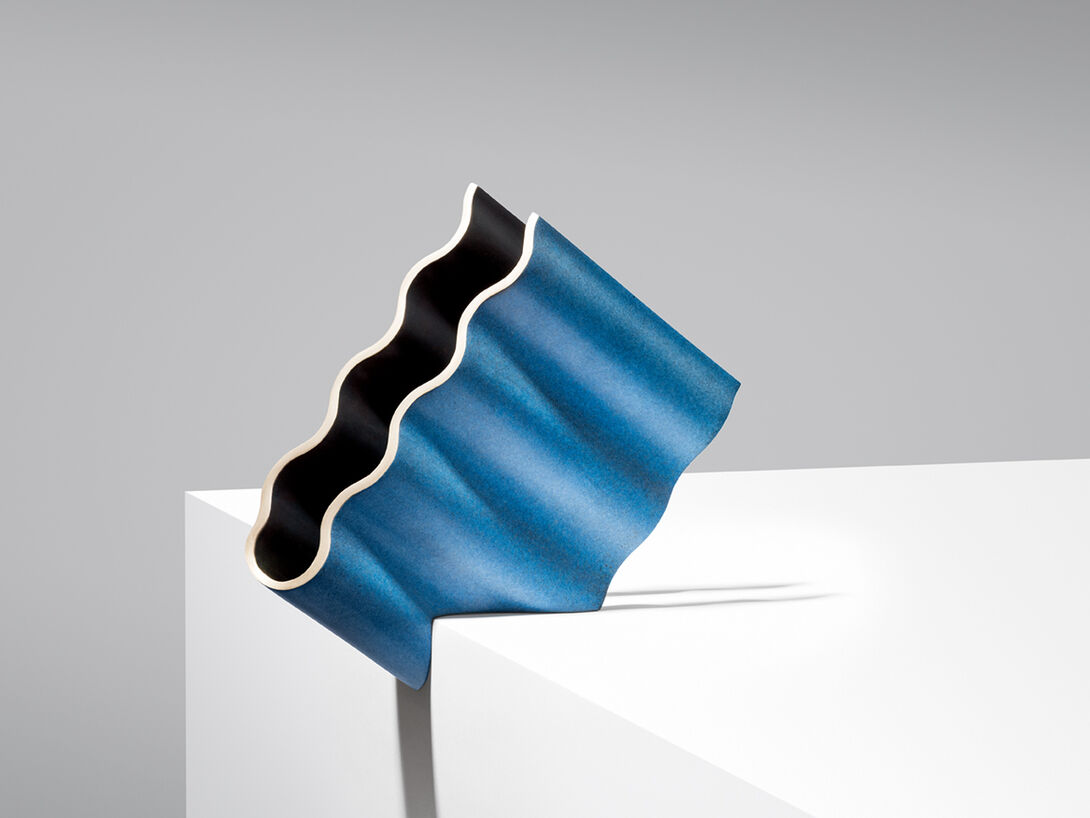
Field Trip
Making It in Milan
by Bree Witt and Sarah Gardner
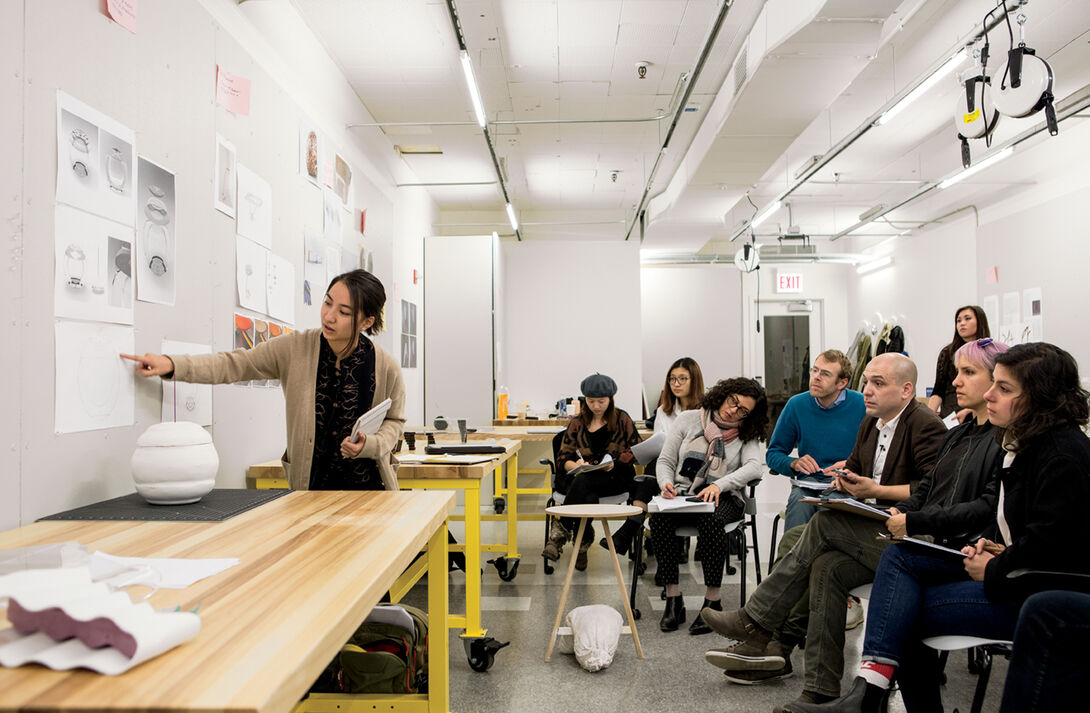
Spazio Rossana Orlandi, in Milan, Italy, is one of the premier design galleries in the world. Its namesake has been called “the Anna Wintour of design.” For one week in April, SAIC students were among the designers presenting their work at the prestigious gallery during Salone del Mobile, or Milan Design Week. More than 30,000 people visited that week, the sun-dappled courtyard and winding corridors of the former tie factory humming with designers, journalists, buyers, and design aficionados. With Rossana Orlandi’s careful curation, many notable careers have been launched at her gallery, which has served as a training ground for SAIC students for the past six years. It is here that students begin the transition from apprentice to professional, debuting their work and mingling with their design idols and, now, peers. But it is a long road from Chicago to Milan.
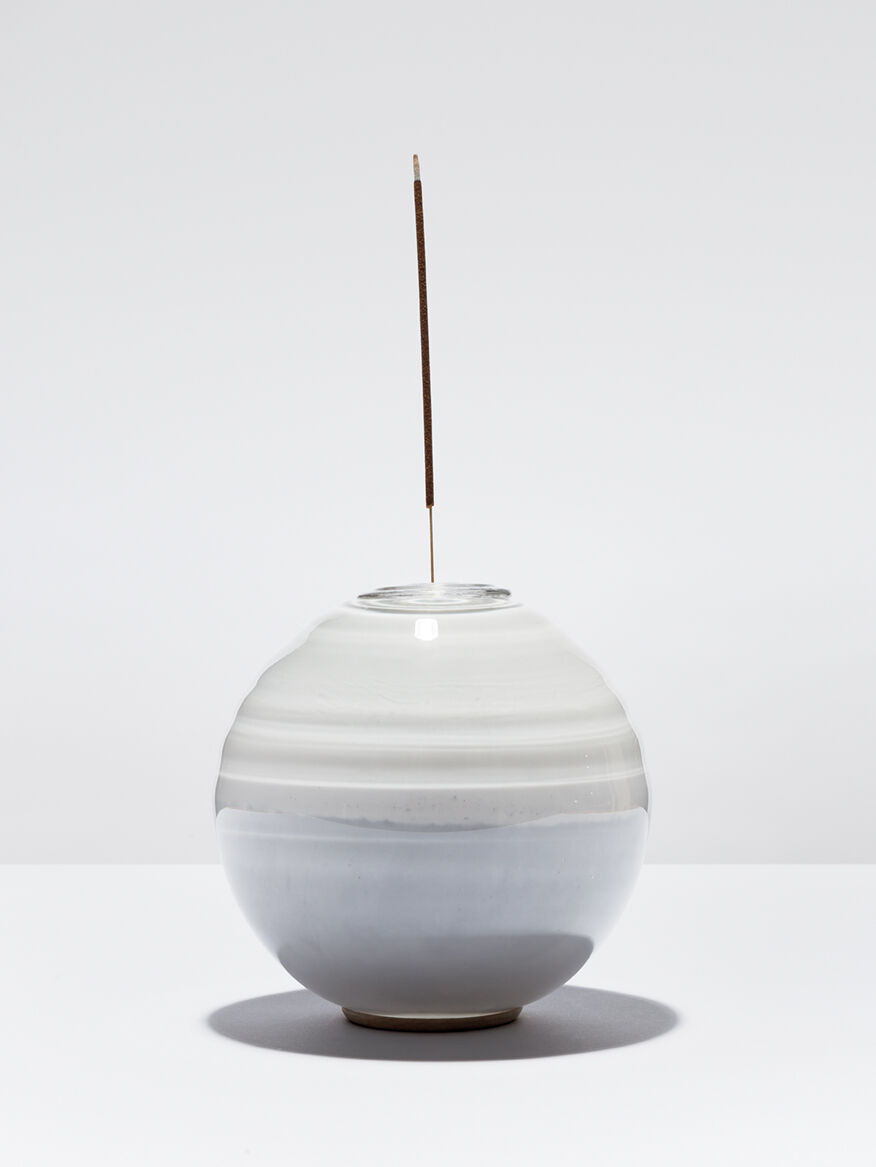
“Wonderful, stressful, tearful, beautiful,” is how Adam T. Mansour (BFA 2017) described his experience as one of the students participating in the yearlong Milan External Partnerships class in SAIC’s Architecture, Interior Architecture, and Designed Objects department. The course gives students space to find their voices as independent designers and resources to produce a fully realized collection of original objects. In less than a year, the products are imagined, produced, and showcased as a collection among some of the most prominent designers in the world.
Last year, the class worked with West Supply, a Chicago-based artisanal foundry and fabricator, to develop a collection of heirloom-quality objects in glass and bronze, including lamps, incense burners, mirrors, desk accessories, and a candelabra among other objects. Working with West Supply, the 15 students brought their products to life—learning how to design with the production process in mind, collaborating on materiality, clearly communicating ideas to the manufacturers, and producing for scale.
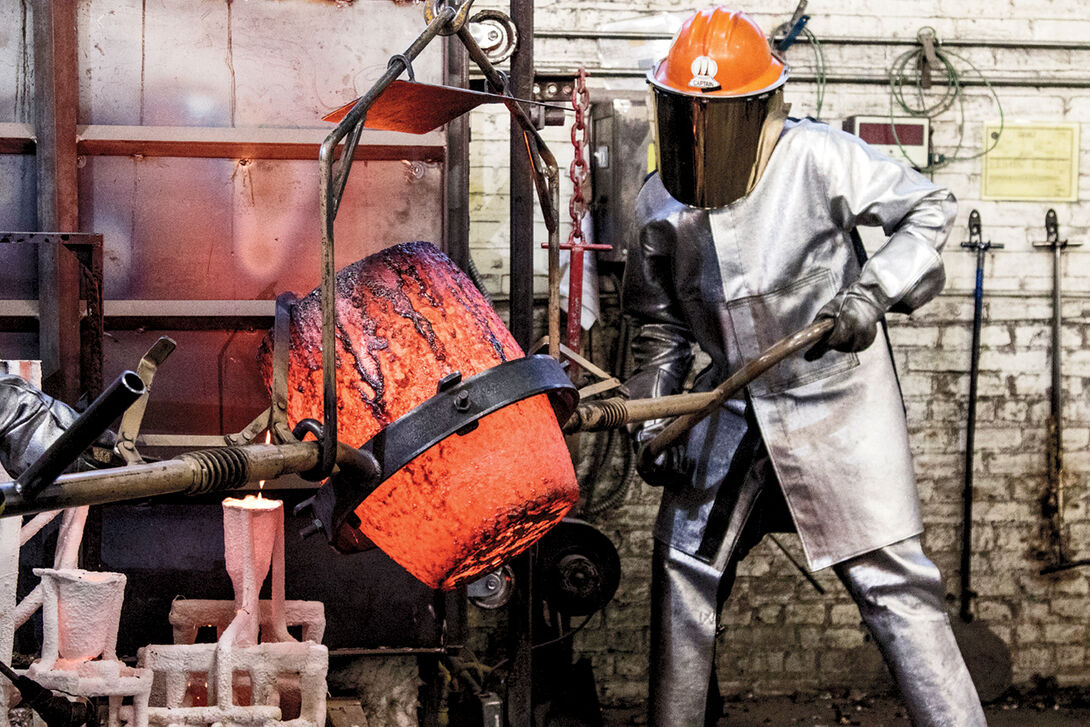
“The real world requires a much broader understanding of how things are made beyond just having a design practice that is grounded in strong conceptual beliefs. And being able to function as a designer is to be able to function as a maker as well,” says Celine Setiadi (BFA 2017).
After months spent honing the idea, critiquing, revising, creating prototypes, and finally producing a piece that will be taken to Milan, the work is not done. Students create the displays and boxes for their products. They package the products to be shipped thousands of miles. Then, they unveil their work.
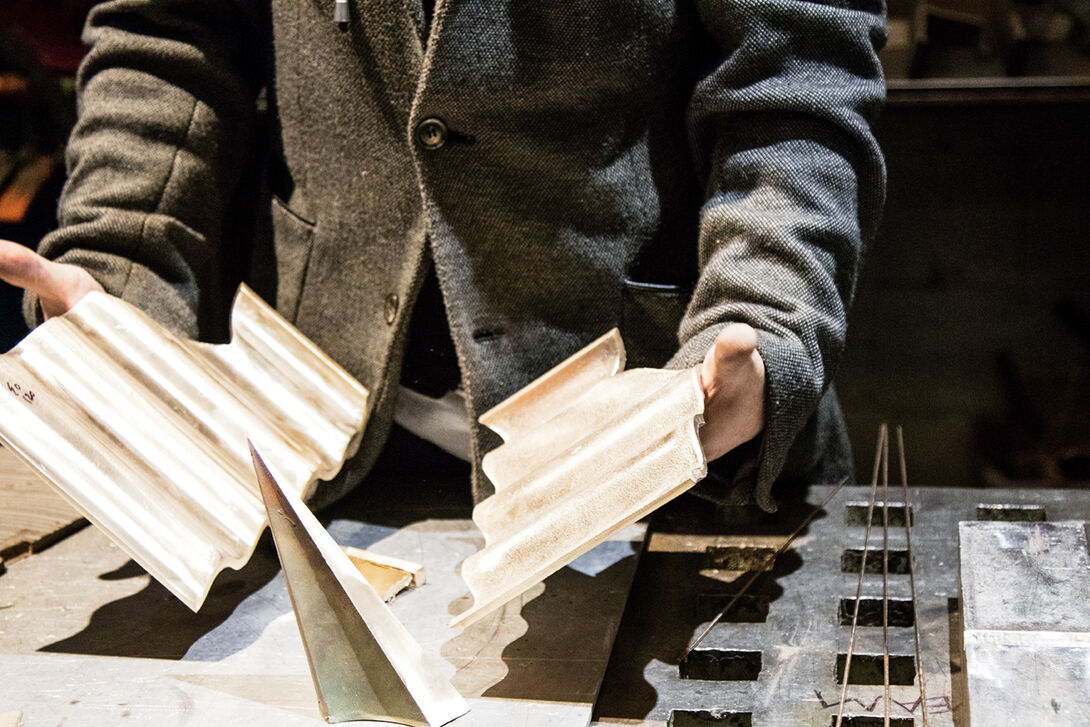
“The main thing that students get out of this class is working in a professional atmosphere and presenting things professionally to the audience that we hope might become their employers in some form,” says Tim Parsons, coteacher of the Milan External Partnerships class.
Setiadi continues, “To be given the opportunity to exhibit in Milan—something that designers maybe five, 10 years into their careers still haven’t had the chance to do—is beyond incredible. We know how to navigate the next steps after graduation because of this class.”
